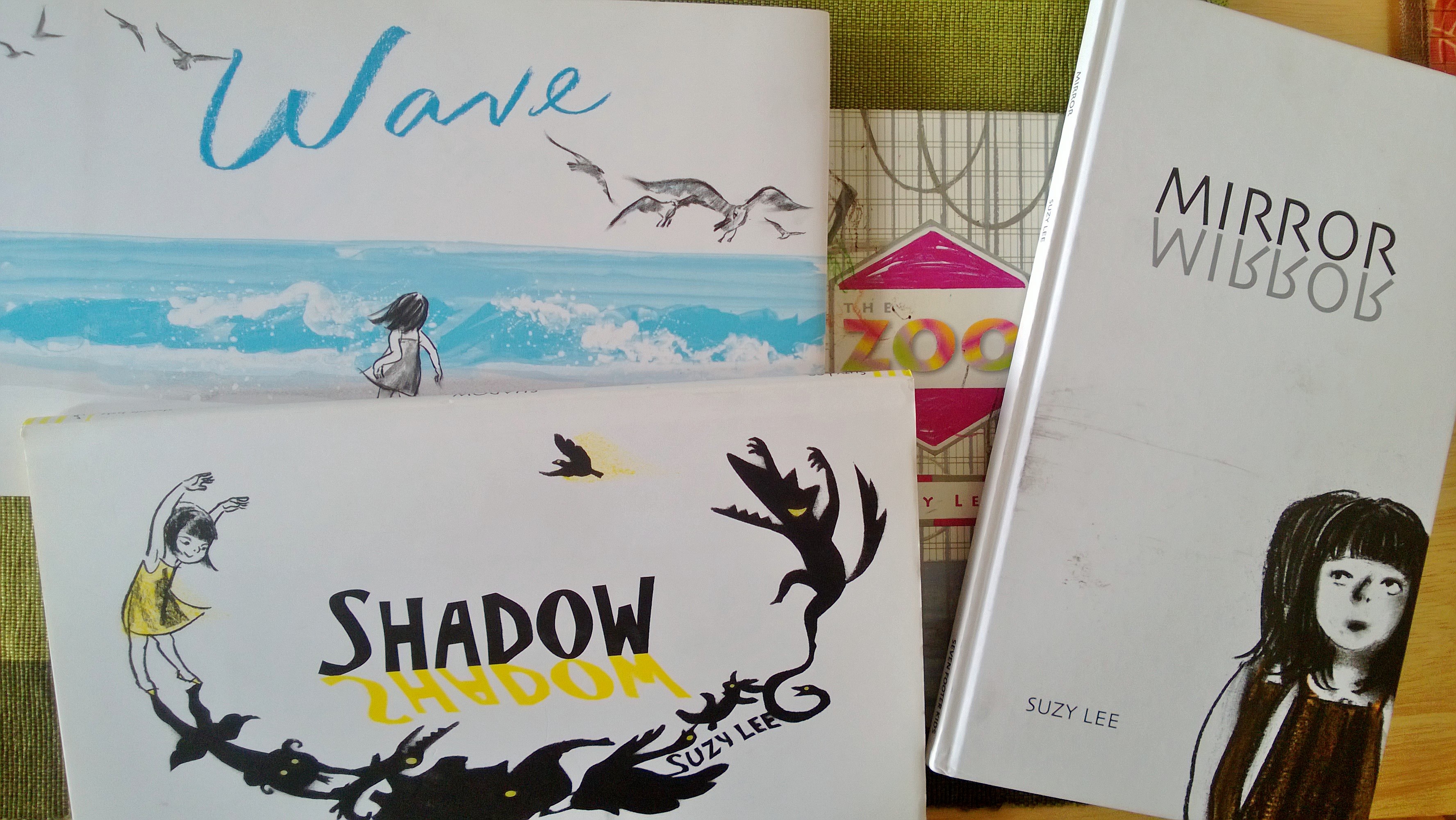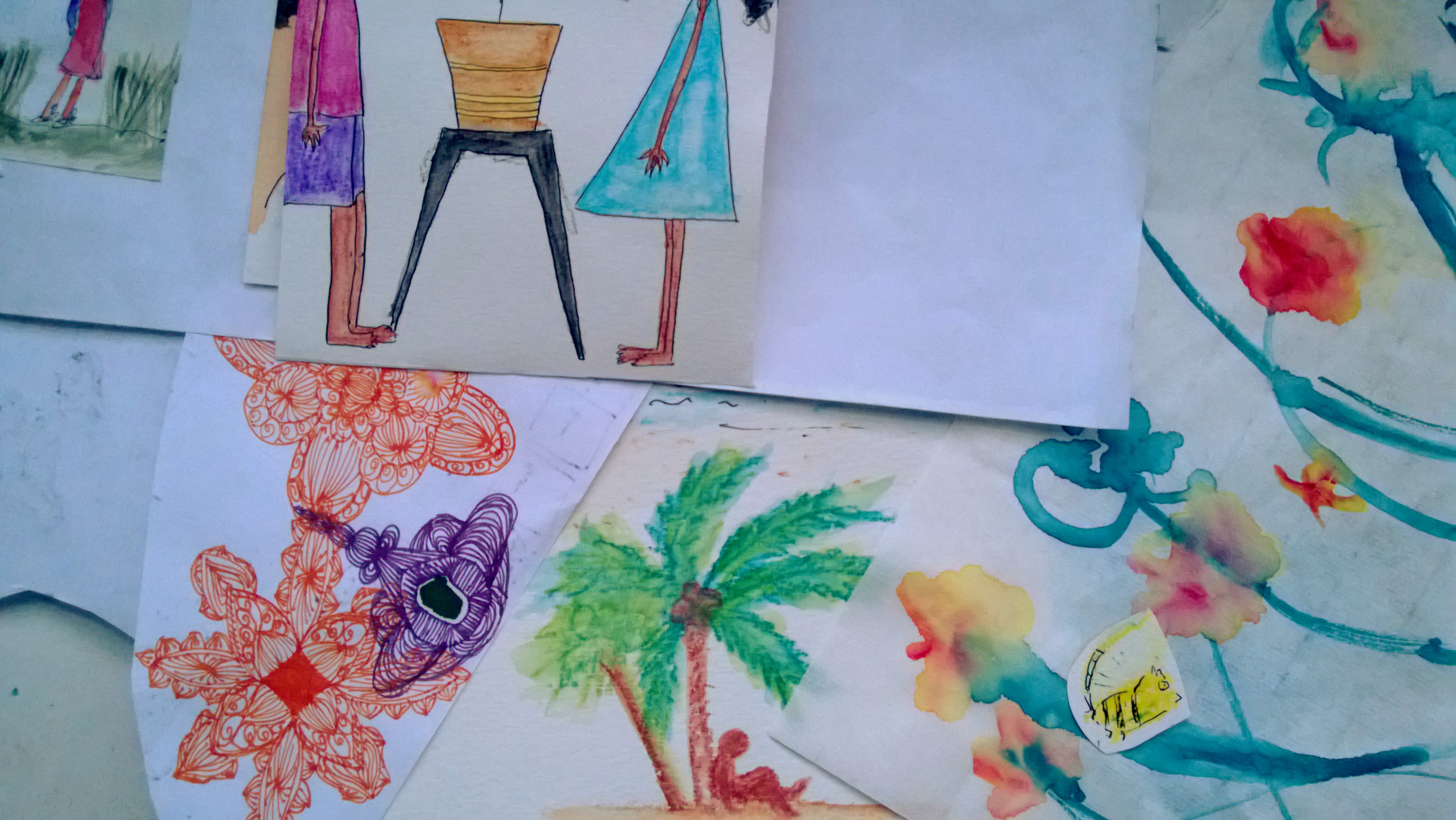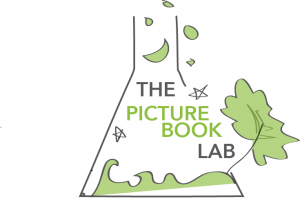Destination ‘Crabtree’: it’s all about the journey (and a few other things)...
(Disclosure: I received a review copy of this beauty.*) Not only do I have a scrumptious picture book to talk about, I also had the added pleasure of chatting with the makers of this delight. Brothers Jon and Tucker Nichols not only made Crabtree (their debut picture book) together, but they both wrote and illustrated it. Yes. It reads like the creation of one genius mind. But it’s actually two. Published by the wonderful McSweeney’s McMullens, this book is a work of art that I’ve been tempted to cut up and paste all over my ceiling to just lie down and stare at. Luckily to avoid such sacrilege, they very thoughtfully created a dust jacket that opens out to a giant poster you can pin up. See? They really did think of everything. Crabtree is named after its...
read more











